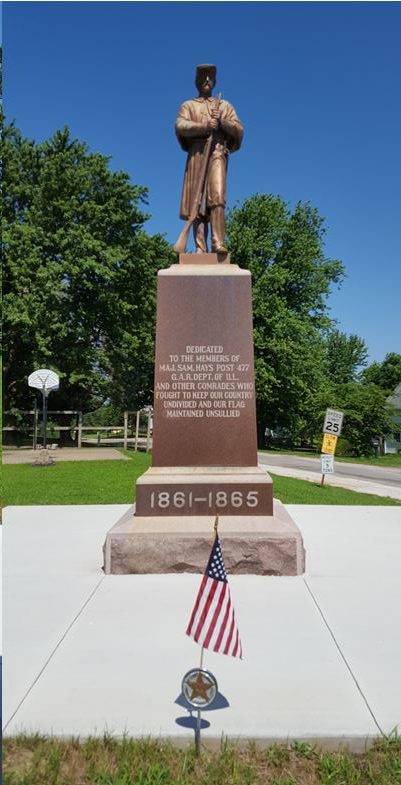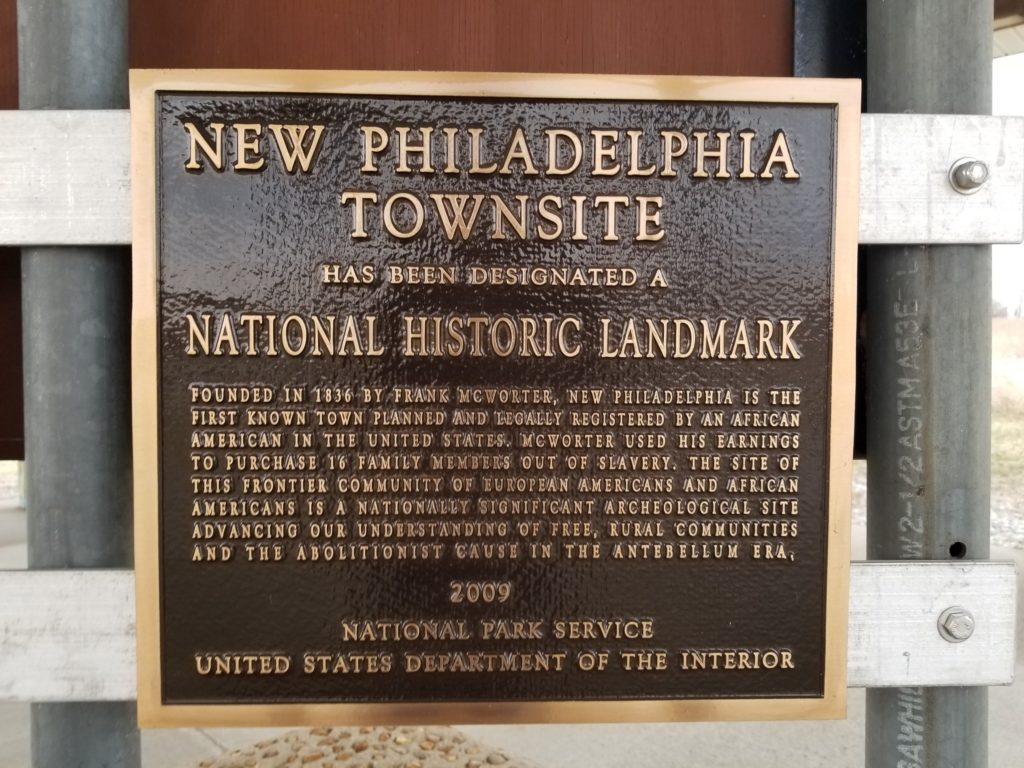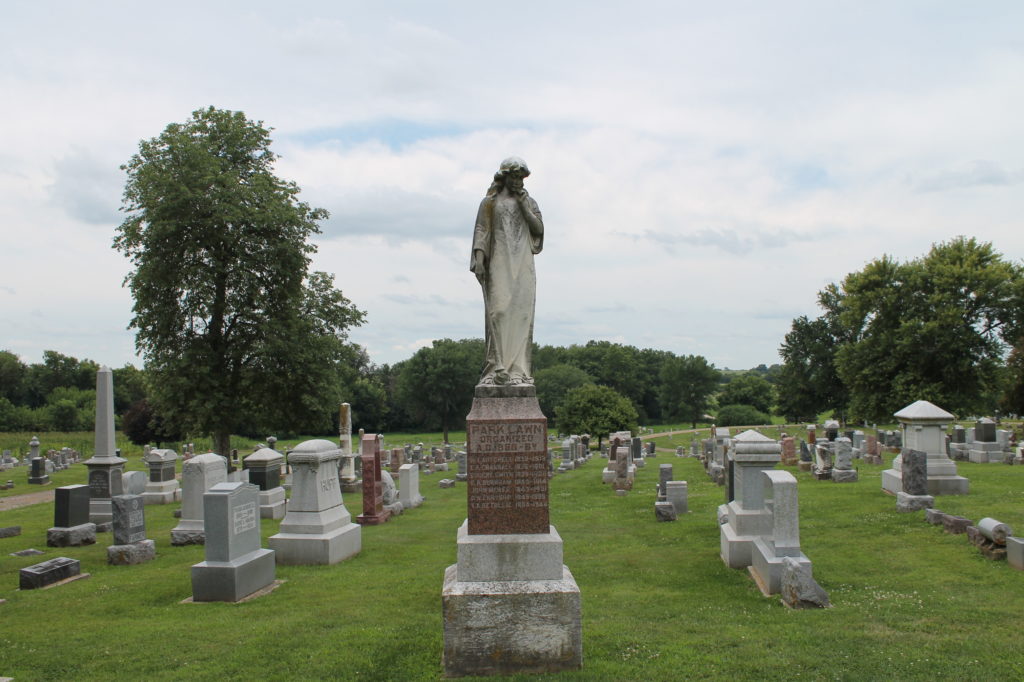The western historical district of Pike County consists of Atlas, Barry and Hadley Township. Within the Atlas Township lies the historical town of Atlas once a thriving village first settled in 1820. By 1824 the counties public offices where moved to Atlas from Cole’s Grove in Calhoun County officially making the town of Atlas the county seat of Pike. Over the following decade Atlas became a busy commercial center with the potential to surpass the town of Quincy however when the State mandated that county seats must be centrally located within the county the bright future of Atlas changed.
The historical village of Summer Hill is also located in Atlas Township. The town was founded in 1845 by Lyman Scott who was also an early founder of the town of Rockport and a businessman. At its peak Summer Hill was known as a pleasant country town with two nice churches, stores and a post office. During the American Civil War, Summer Hill and the surrounding area enlisted many of the 3,000 plus men from Pike County that fought. In 1906 some of the last surviving veterans erected a beautiful monument honoring many of those men. The monument still stands and can be seen when visiting the community.
Barry Township was first settled in 1824. Shortly after the town of Worcester was laid out by Calvin R. Stone of the firm Stone, Field & Marks of St Louis. Sadly Calvin Stone was killed on the Mississippi River when the steamboat Montezuma exploded. During this time it was discovered that another town in the state was named Worcester leading to the name being changed to Barry after the town of Barre, Vermont. Oral history states that a petition changing the name was drawn up by Dr. Alfred Baker who printed the name Barre in large Roman letters. When the clerk entered the petition, he changed the e to y. Over the decades Barry grew as a town of business containing many shops and mills. It also became a hub for the pork packing industry.
Hadley Township was settled in 1829 with the arrival of Free Frank McWorter a African American that had brought his freedom from slavery and moved north. In time Frank would purchase more members of his family from bondage and layout the town of Philadelphia now known as New Philadelphia. The town was unique for a time when many of the states still had the institution of slavery, the closest being Missouri. Philadelphia became a place where both whites and blacks lived and interacted at all levels. Today the site is listed as a historical site that one can visit and learn more about Free Franks journey.



